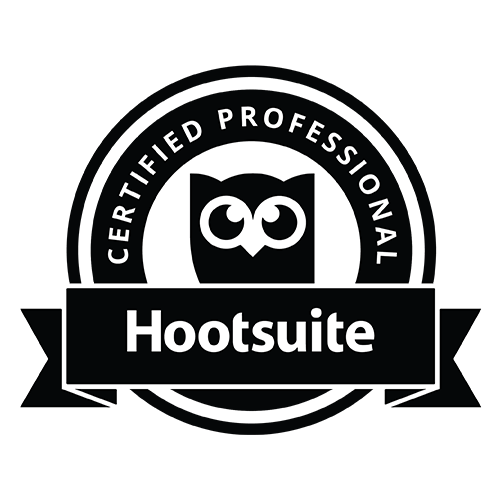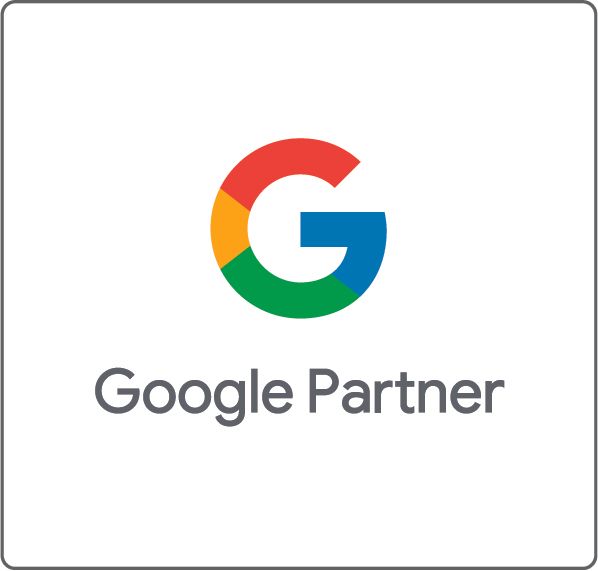Will Saying Goodbye to Third-Party Cookies Change Digital Marketing?
Saying Goodbye
It might be goodbye for what advertisers and marketers consider one of the most useful target marketing tools. Third-party cookies, sometimes referred to as “tracking cookies” or “trackers,” are created for advertising, retargeting audiences, and tracking purposes. However, the presence of third-party cookies across websites is predicted to decline over the next few years due to privacy concerns and non-permitted information sharing.
Privacy regulation is already in full swing with the implementation of the California Consumer Privacy Act as well as abroad with the European Union’s Global Data Protection Regulation. Apple’s Safari has also implemented similar measures to prevent tracking users from all over the world.
Privacy is What Consumers Want
The changing marketing environment comes as a result of an attempt to build a more private web. Privacy has been an ongoing concern for consumers globally as it has become more common to track web history and different consumer behaviors on websites that house third-party cookies. Since websites receive so much information about their consumers, users are growing displeased with the frequency at which they are seeing ads on social media and the internet. Consumers want more control over their personal data because many are not familiar with how it is being used by businesses. However, marketers can attest that tracking and collecting various forms of data from consumers has benefits. For instance, by looking at website behavior and analytics, retailers can simplify and improve a consumer’s online experience. Other benefits include delivering relevant targeted ads to interested consumers, increased knowledge of consumer behavior, and improved tracking of ad success.
Privacy Sandbox
Google knows that third-party cookies are important when it comes to selling products and/or services online. Google is moving away from individually identifying information of third-party cookies and using an API in Chrome to centralize data and ensure it is only accessible to marketers when Chrome determines user activity is anonymous. The new solution is called “Privacy Sandbox” and is intended to help advertisers and publishers deliver targeted ads to consumers without violating their privacy. Privacy Sandbox will better protect consumers from their personal data by keeping their identity hidden. The goal is to create a set of standards that is more consistent with users’ expectations of privacy.
Since the Google Privacy Sandbox is not yet available for advertisers to review and test, the true impact on digital marketing still remains a mystery. While Google works through testing the various APIs that will be rolling out in the sandbox, advertisers and digital marketers are looking at alternative avenues for their ad dollars.
















